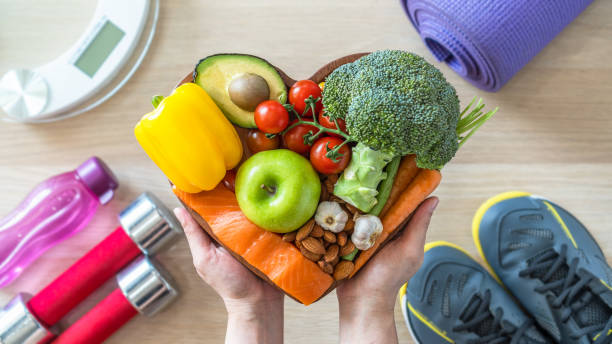15 Tips for Creating a Healthy and Balanced Meal Plan
Eating a healthy and balanced diet is crucial for maintaining overall well-being. By fueling our bodies with nutritious foods, we can optimize our physical and mental health. However, creating a meal plan that is both healthy and balanced can sometimes feel overwhelming. To help you on your journey towards a better lifestyle, we have compiled 15 practical tips and examples to guide you in crafting a meal plan that will nourish your body and satisfy your taste buds.
-
Prioritize a Variety of Nutrient-Dense Foods 🥦🍎 Include a wide range of fruits, vegetables, whole grains, lean proteins, and healthy fats. Incorporate colorful produce to ensure you're getting a mix of vitamins and minerals.
-
Practice Portion Control 🍽️ Be mindful of portion sizes to avoid overeating. Use measuring cups, scales, or your hand as a guide to ensure you're consuming appropriate amounts of each food group.
-
Plan Your Meals in Advance 📅 Take time each week to plan your meals ahead. Create a shopping list based on your planned recipes to avoid impulse buying and make healthier choices.
-
Set Realistic Goals 🎯 Consider your lifestyle, preferences, and dietary restrictions when setting goals. Strive for achievable changes that you can sustain in the long run.
-
Include a Balance of Macronutrients 🍳🍗 Aim for a balanced intake of carbohydrates, proteins, and fats. Opt for complex carbs, lean proteins, and healthy fats like avocados, nuts, and olive oil.
-
Don't Skip Breakfast ☀️ Breakfast kickstarts your metabolism and provides energy for the day ahead. Include high-fiber options such as oatmeal, whole-grain toast, or yogurt with fruits.
-
Snack Smartly 🍇🥜 Choose healthier snack options like fresh fruits, vegetables with hummus, or nuts. Avoid processed snacks that are high in sugar and unhealthy fats.
-
Limit Added Sugars 🍭❌ Reduce your consumption of sugary drinks, candies, and processed foods. Opt for natural sweeteners like honey or consume fruits to satisfy your sweet tooth.
-
Hydrate Properly 💧 Drink enough water throughout the day to stay hydrated and aid digestion. Limit sugary beverages and consider herbal teas or infused water for added flavor.
-
Experiment with Herbs and Spices 🌿🔥 Enhance the flavor of your meals without adding excessive salt or unhealthy condiments. Experiment with herbs, spices, and homemade dressings to spice up your dishes.
-
Opt for Home-Cooked Meals 👩🍳 Preparing meals at home allows you to control the ingredients and portion sizes. Enjoy the process of cooking and involve your family or friends in the meal preparation.
-
Listen to Your Body 🧘♀️🌟 Pay attention to your hunger and fullness cues. Eat when you're hungry and stop when you're satisfied, avoiding overeating or restrictive behaviors.
-
Ensure Adequate Fiber Intake 🌾 Include whole grains, legumes, fruits, and vegetables to ensure you're consuming enough fiber, which aids digestion and promotes a feeling of fullness.
-
Plan for Balanced Snacks and Meals on the Go 🚗🥪 Prepare healthy snacks or packable meals for busy days. Examples include pre-cut vegetables with hummus, homemade trail mix, or a salad in a jar.
-
Seek Professional Guidance 📚💼 If you're struggling to create a healthy and balanced meal plan, consult a registered dietitian or nutritionist. They can provide personalized advice tailored to your specific needs.
Creating a healthy and balanced meal plan doesn't have to be complicated or time-consuming. By following these 15 tips, you can embark on a journey towards a healthier lifestyle, nourish your body with wholesome foods, and ultimately improve your overall well-being. Remember, small changes lead to big results, so start implementing these tips today and enjoy the benefits of a well-balanced diet.







